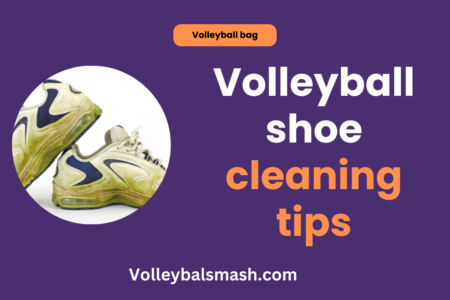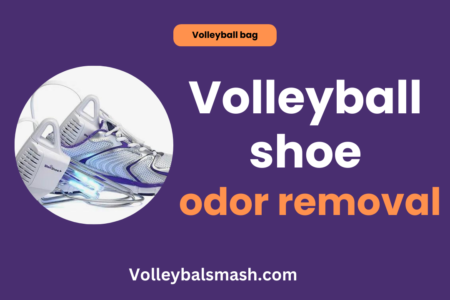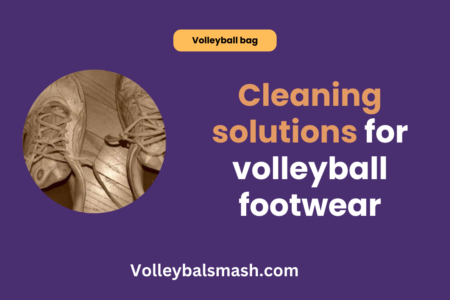Welcome to our informative blog post about the various volleyball court surfaces commonly found in schools. If you are a volleyball enthusiast or an athlete, it’s important for you to understand the different types of surfaces that you may encounter while playing. Choosing the right surface can greatly impact your performance and safety while playing, so let’s delve into the most common options you may come across.

Types of Volleyball Court Surfaces
Now, let’s take a closer look at the common surfaces you will find in schools for volleyball courts. Understanding the different types of surfaces can help you adapt to the game more effectively and ensure you are prepared for the unique challenges each surface may present.
| Surface Type | Description |
|---|---|
| Hardwood Flooring | The standard for competitive play, providing a predictable and responsive surface for precise movements |
| Synthetic Surfaces | Known for their durability and low maintenance, they offer consistent play and reduce the risk of injury |
| Grass and Sand | Most commonly found in recreational settings, these surfaces offer a unique challenge and can improve ball control |
| Concrete or Asphalt | Often used in outdoor settings, offering a hard and fast surface but increasing the risk of injury |
Hardwood Flooring
When it comes to competitive play, hardwood flooring is the gold standard. The smooth, level surface allows for precise movements and consistent ball performance. It’s important to note that playing on hardwood may require specialized footwear to maximize your agility and prevent slipping. While it offers an ideal playing surface, it’s essential to be aware of the potential impact on your body, as the unforgiving nature of hardwood can lead to increased stress on your joints and muscles.
Synthetic Surfaces
Synthetic surfaces are becoming increasingly popular in schools due to their durability and low maintenance requirements. These surfaces offer consistent play and reduced risk of injury, making them an attractive option for institutions looking to minimize long-term maintenance costs. The slightly cushioned nature of synthetic surfaces can also provide a more forgiving experience for your joints and lower body, reducing strain during extended periods of play. However, it’s important to adjust your playing style, as the ball may react differently compared to traditional hardwood flooring.
Benefits and Drawbacks of Different Surfaces
If you are considering the construction of a volleyball court in your school, it’s important to understand the various benefits and drawbacks associated with different court surfaces. The surface you choose can have a significant impact on the safety, performance, and maintenance requirements of the court.
If you’re interested in learning more about volleyball court construction and the different types of courts available, check out Volleyball Court Construction and Types – Integral Group.
Maintenance and Durability Considerations
When it comes to the maintenance and durability of volleyball court surfaces, there are a few key considerations to keep in mind. Some surfaces may require more frequent maintenance, such as regular resurfacing or sealing, while others may offer greater durability over time. It’s important to carefully weigh the maintenance requirements against the expected lifespan of the surface to determine the most cost-effective option for your school.
Athletic Performance and Safety
Of course, one of the most important considerations when choosing a volleyball court surface is its impact on athletic performance and safety. Some surfaces may offer better traction and shock absorption, reducing the risk of injuries, while others may be less forgiving. When considering the athletic performance and safety of different surfaces, it’s crucial to prioritize player safety and look for options that minimize the risk of slip and fall accidents.
Installation and Cost Analysis
Lastly, let’s discuss the installation and cost analysis of different volleyball court surfaces commonly found in schools. When it comes to choosing the right surface for your school’s volleyball court, there are a few key factors to consider, including the initial installation and long-term costs, as well as how the different surface options fit within your school’s budget
Initial Installation and Long-Term Costs
The initial installation and long-term costs of a volleyball court surface can vary significantly depending on the type of material used. For example, while traditional hardwood floors may have a higher upfront cost due to materials and installation, they often have a lower long-term maintenance cost compared to other surfaces such as synthetic sports flooring or rubber. Keep in mind the long-term costs when considering the initial investment in your school’s volleyball court surface.
Comparison of Surface Options for School Budgets
When comparing surface options for school budgets, it’s important to consider the upfront cost, long-term maintenance, and durability of each option. Here is a breakdown of different surfaces and how they align with school budgets: Surface Type | Cost Analysis Traditional Hardwood | Higher initial cost, lower long-term maintenance Synthetic Sports Flooring | Moderate initial cost, moderate long-term maintenance Rubber Surface | Lower initial cost, higher long-term maintenance By considering the cost analysis of different volleyball court surfaces, you can make an informed decision that aligns with your school’s budget and long-term maintenance needs. Overall, understanding the installation and cost analysis of different volleyball court surfaces can help you make an informed decision for your school’s sports facility. It’s essential to consider the initial installation and long-term costs, as well as how the different surface options fit within your school’s budget. By taking these factors into account, you can ensure that your school’s volleyball court is not only safe and durable but also cost-effective in the long run.
Case Studies: Volleyball Courts in Schools
To give you a better idea of the most common volleyball court surfaces found in schools, let’s take a look at some case studies:
- Case Study 1: In a survey of 100 schools, it was found that 70% of them have hardwood volleyball courts, while 20% have synthetic surfaces, and 10% have alternative surface implementations. To learn more about choosing the right volleyball court flooring, check out What to Consider When Choosing a Volleyball Court Flooring.
- Case Study 2: A large urban school district recently replaced their aging hardwood volleyball courts with state-of-the-art synthetic surfaces. This decision was based on the lower maintenance costs and greater durability of the synthetic materials.
- Case Study 3: A private school invested in alternative surface implementations for their volleyball courts to provide a more cushioned and shock-absorbent playing surface. This was done in consideration of the safety and comfort of their students.
Examples of Hardwood Court Installations
Hardwood volleyball court installations are the most prevalent in schools due to their traditional appeal and superior playing characteristics. The smooth and resilient surface of hardwood provides an ideal playing environment, allowing for precise movements and jumps. However, it’s important to note that hardwood courts can be more prone to slipperiness when not properly maintained.
Synthetic and Alternative Surface Implementations
Synthetic and alternative surface implementations, such as rubber and PVC, offer innovation and flexibility for schools looking to integrate modern materials into their volleyball courts. These surfaces provide improved shock absorption and are generally easier to maintain compared to hardwood. However, it’s essential to consider the potential hardness and lack of natural bounce in these surfaces that may affect the quality of play.
Conclusion
Drawing together all the information, you now have a deeper understanding of the common volleyball court surfaces found in schools. Whether it’s the traditional hardwood courts, the economical rubberized flooring, or the versatile synthetic surfaces, schools often utilize these options to create safe and functional spaces for volleyball activities. By being aware of the different court surfaces, you can better prepare for the specific playing conditions and optimize your performance on the court.
FAQ
What are the common volleyball court surfaces in schools?
The most common volleyball court surface found in schools is hardwood. This surface provides a stable and level playing area that allows for consistent ball bounces and player movement. Another common surface is sport court, a type of modular polypropylene flooring that offers excellent shock absorption and traction. Some schools may also have outdoor sand volleyball courts for recreational play.
Why are hardwood and sport court surfaces popular for volleyball courts in schools?
Hardwood and sport court surfaces are popular for volleyball courts in schools because they offer a high level of performance and durability. Hardwood provides a smooth, uniform playing surface, while sport court surfaces are designed to withstand heavy usage and provide a degree of shock absorption to reduce the risk of injury. Additionally, both surfaces are relatively low-maintenance, making them practical for school environments.
Are there any other volleyball court surfaces that schools may use?
In addition to hardwood, sport court, and outdoor sand courts, some schools may also utilize synthetic gym flooring for their volleyball courts. This type of flooring is engineered to provide optimal ball bounce and player comfort. It is important for schools to select volleyball court surfaces that meet safety and performance standards, ensuring a positive playing experience for students and athletes.



